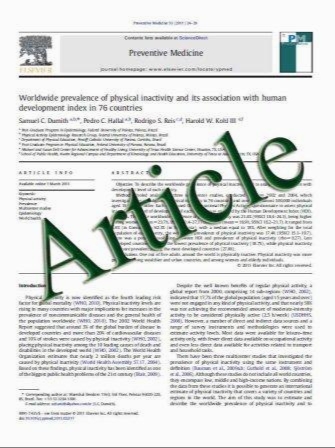Minor, Major, Low-Trauma, and High-Trauma Fractures: What Are the Subsequent Fracture Risks and How Do They Vary?
- نوع فایل : کتاب
- زبان : انگلیسی
- مؤلف : Amy H. Warriner & Nivedita M. Patkar & Huifeng Yun & Elizabeth Delzell
- چاپ و سال / کشور: 2011
Description
Osteoporosis is a leading health problem worldwide due to the morbidity and mortality associated with fractures. However, a large number of fractures occur in persons without osteoporosis, when defined by bone mineral density alone. Numerous studies have shown that the risk of subsequent fracture is increased following fractures at most sites, and the increased risk is not limited to prior hip and vertebral fractures only. In addition, the amount of trauma present at the time of a fracture event appears to have limited impact on future fracture risk. Thus, even fractures that occur in the presence of high trauma should be recognized as evidence of possible bone fragility. Further methods to better identify persons at risk of future fracture are needed, such as through evaluation of other indicators of bone strength or recognition of modifiable, non-bone factors. Any initial fracture event is important for patients and caregivers to recognize as an implication for future fracture risk.
Curr Osteoporos Rep (2011) 9:122–128 DOI 10.1007/s11914-011-0064-1 Published online: 23 June 2011


